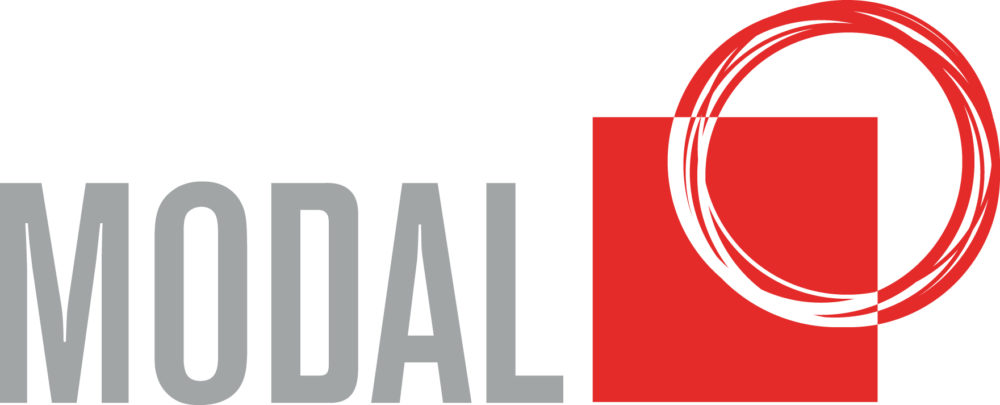I was recently sitting in on a meeting with a senior leadership team I am coaching. We had a timeout during the meeting. I made some comments about their opportunity to strike a better balance of time spent problem solving and decision making, as opposed to just sharing information with each other. I then asked the team a question:
“Do you think you are being too polite with each other?"
Can it be a negative for a team to be overly polite with each other? Author Patrick Lencioni says so. He coined a term ‘artificial harmony’. This is where people hold back from saying what they really think and feel in a group setting. On the surface it’s polite. However, inside, people can be far from fine. Emotions like uncertainty, frustration, impatience or anxiety may be going on. But some people hold back from sharing what’s really on their mind. Maybe some will even leave the meeting and go and talk to someone one-on-one and complain about what’s not being done by someone else in the team, or that they feel like their ideas are not being taken on board.
Artificial harmony is detrimental to teams
If this artificial harmony is allowed to fester over time, it results in confusion, disengagement and eventually resentment. For certain personality types there may ultimately be an explosion or emotional outburst. When it gets to this point, people find it difficult to then express themselves in a constructive way. Instead, they display shadow behaviour that starts to trigger other people around them. Then the conflict descends into emotionally charged comments and nothing gets resolved. The dynamic and performance of the team suffers. Then eventually people start leaving the team or the organisation.
So, let’s talk about how human brains work in relation to conflict and how you can best use that knowledge. We know from researchers into human behaviour like Deci and Ryan, and David Rock that people are driven by unconscious psychological needs. Some key ones to consider:
- Fairness – People need to feel heard and acknowledged by those around them
- Autonomy – People need to feel they have choice and input into a solution or way forward
- Relatedness – People need to feel a sense of belonging and that relationships in their ‘tribe or tribes’ are good
When human brains perceive these needs are not being met, they go into threat mode. And when people’s brains are in threat mode, you can kiss goodbye to any healthy debate in the team. When people fear not being heard, not having influence over decisions that affect them, and of damaging relationships, they hold back and don’t share what’s really on their mind.
The converse of this is that research supports that a diversity of views and ideas when it comes to problem solving and decision making enhances the effectiveness of the solution and results in greater commitment from the individuals in actioning the solution. So, we need to encourage robust debate in our teams.
Lencioni talks about this as being a conflict of ideas, not personalities. In order to have this healthy debate it requires you as a leader to proactively facilitate the team to move out of artificial harmony, of holding back or being too polite.
Different views and disagreement will always occur in the brains of your people. The role of effective leadership is to not let it stay unsaid in people’s heads, but to surface it so the whole team is aware. Only then can conflict of ideas be healthy. Allowing conflict to be suppressed is a surefire way to reduce team performance and, as counter intuitive as it sounds, it actually detracts from team cohesion in the long run.
We need to set our team goals not on achieving ‘team harmony’ but on ‘team effectiveness’ which is only possible with people sharing different views and being OK to ‘disagree agreeably’.
So how can leaders foster this healthy conflict in their team?
Start with building psychological safety
As professor of management and leadership at Harvard Business School Amy Edmondson says, frame challenges as learning opportunities not performance problems. Also establish team norms of sharing stories that show vulnerability or imperfection. People will not speak up if they feel they can’t make mistakes, ask dumb questions, contribute out of the box ideas.
Set expectations with the team about healthy conflict
Talk to your team and explain why healthy conflict of ideas is a good thing. Then ask the team for ideas about how the team can lean into the discomfort of this and promote more equal debate in the team.
Ask questions to surface potential disagreement or resistance in a healthy way
As the leader or the meeting chairperson, actively ask questions that will help draw out people’s contributions:
- “And how are you really feeling?”
- “What are the concerns you have with what’s being proposed?”
- “<Name>, what are your thoughts on this?”
- “What are we currently not talking about in relation to this topic that we really need to be talking about?”
Set more introverted team members up for success
People that are naturally more introverted need time to gather their thoughts and are less comfortable speaking up in groups. You can make it easier for them by:
- Giving them a heads up a couple days beforehand of a challenge or opportunity to be discussed, and let them prepare their thoughts to contribute before the meeting.
- During a meeting, invite people to have a chat for 2-3 minutes in pairs about an issue before bringing it back to a whole group discussion. This will raise their comfort level to then share their thoughts in a larger group. Whilst this may take a few minutes more, think of the days and weeks you will be saving by getting full commitment to an initiative from the get go.
Above all practice ‘mining’ for conflict with the team in some way. A team that is openly talking about different views or disagreement is the only one that will be high performing in the long run.





